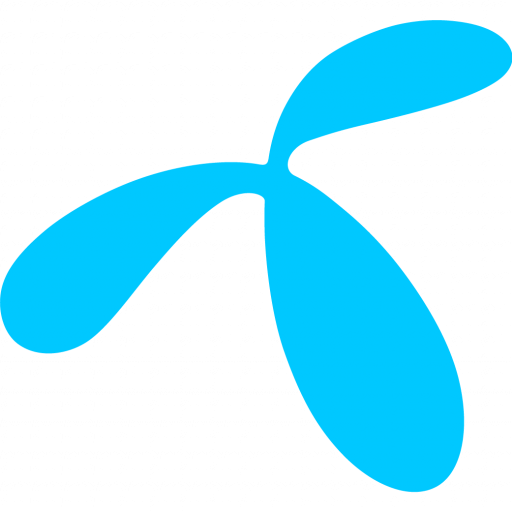IoT Events
At Telenor IoT, we value connecting with people face-to-face to share knowledge and practical insights about IoT.
Upcoming Events
We are planning our schedule for upcoming events – digital and in-person. Stay tuned for updates on our next events. Discover valuable information and insights that can help your organization succeed in the IoT era and access our complete IoT library with white papers, videos and webinar recordings!
Past Events
May 17, 2023
Webinar: Traditional Automakers Are at a Crossroads – Why Non-Traditional Partnerships Is the Only Move to Take
June 7, 2023
February 1, 2023
Webinar: IoT Predictions Report 2023 | IoT will Redefine Urban Mobility
March 6, 2023
January 12, 2023
Webinar: Setting the Pace for EV Charging | Inside Ionity’s Connectivity Journey
January 26, 2023
November 29, 2022
Webinar: What does it really mean to be Cyber threat-ready?
February 22, 2023
November 7, 2022
Webinar: Making Every Drop Count | Inside Xylem’s IoT Journey
November 22, 2022
August 22, 2022
Webinar: What does the 2G / 3G sunset mean for IoT Connectivity?
September 21, 2022
June 16, 2022
Webinar: IoT for Sustainability – a Discussion with RGNT Motorcycles
June 28, 2022
March 22, 2022
Webinar: IoT Predictions Report 2022 – Digitalization set to skyrocket
April 5, 2022
February 3, 2022
Webinar: Understanding the Implications and Opportunities of 5G
February 17, 2022
January 10, 2022
Webinar: why choosing between LTE-M and NB-IoT is an urgent matter for global enterprises
September 24, 2020, Webinar for UK and Ireland
November 19, 2021
Webinar: Accelerating time to market with Telenor Connexion’s Partner Ecosystem
December 2, 2021
October 19, 2021
Webinar: How to start and scale your IoT solution with cellular IoT connectivity and Telenor IoT Cloud
October 29, 2021
August 27, 2021
Webinar: How to avoid the most common IoT challenges
September 7, 2021, webinar
June 22, 2021
Webinar: Grundfos — pioneering Water-as-a-Service through IoT
July 1, 2021, webinar
June 8, 2021
Webinar: Data-as-an-Asset — tips for effective design of IoT solutions
June 17, 2021, webinar
February 9, 2021
Webinar: IoT and the next generation of supply chains
February 25, 2021, webinar
January 21, 2021
Webinar: IoT Predictions report 2021 – IoT will make supply chains more cost efficient, flexible and resilient
February 15, 2021, webinar
October 14, 2020
Webinar: LTE-M vs NB-IoT – an urgent matter for global companies
November 5, 2020, Webinar
October 13, 2020
Webinar: how to ensure end-to-end operational excellence in IoT solutions
October 21, 2020, Webinar for UK and Ireland
September 17, 2020
Webinar: how to design a connected solution for both hot and cold data?
October 8, 2020, Webinar
September 16, 2020
Webinar: why choosing between LTE-M and NB-IoT is an urgent matter for global enterprises
September 24, 2020, Webinar for UK and Ireland
July 3, 2020
Webinar: 5G global outlook – what are the real implications for enterprises?
September 8, 2020, Webinar
July 10, 2019
Wrap-up: Telenor Connexion IoT Gathering South Africa
September 18, 2019 in Pretoria, South Africa
February 4, 2019
MWC 2019 – IoT Innovation Think Tank
February 24 - 27, 2019 in Barcelona, Spain
July 4, 2018
IoT Event “The Sharing Economy and Digital Innovation” with Husqvarna
September 27, 2018 in Stockholm, Sweden
May 25, 2018
Philips 2018 European Roadshow
June 1 - October 18, 2018 in Milan, Munich, Cologne, Hamburg, Paris, London, Stockholm, Madrid
April 3, 2018
Wrap-up: The Japan-Sweden Business Summit: Reinventing Global Business
April 23, 2018 in Tokyo, Japan
January 26, 2018
Wrap-up: Ericsson/Telenor Connexion IoT technology meetup
March 21, 2018 in Kista, Sweden

